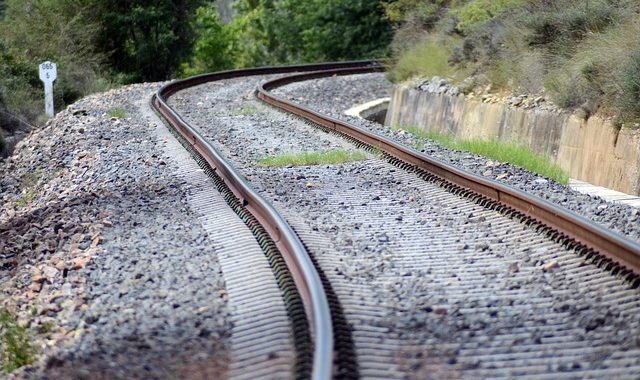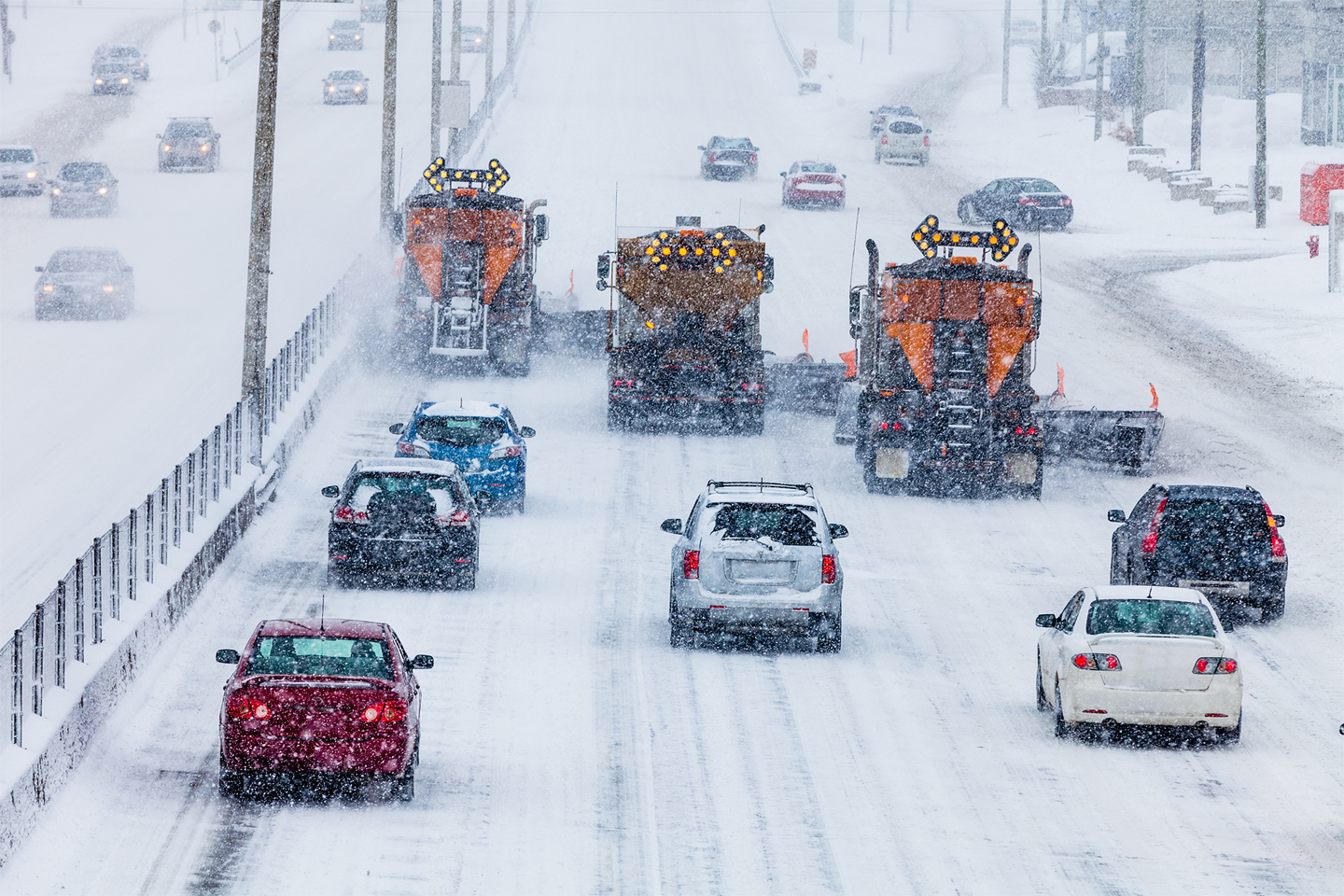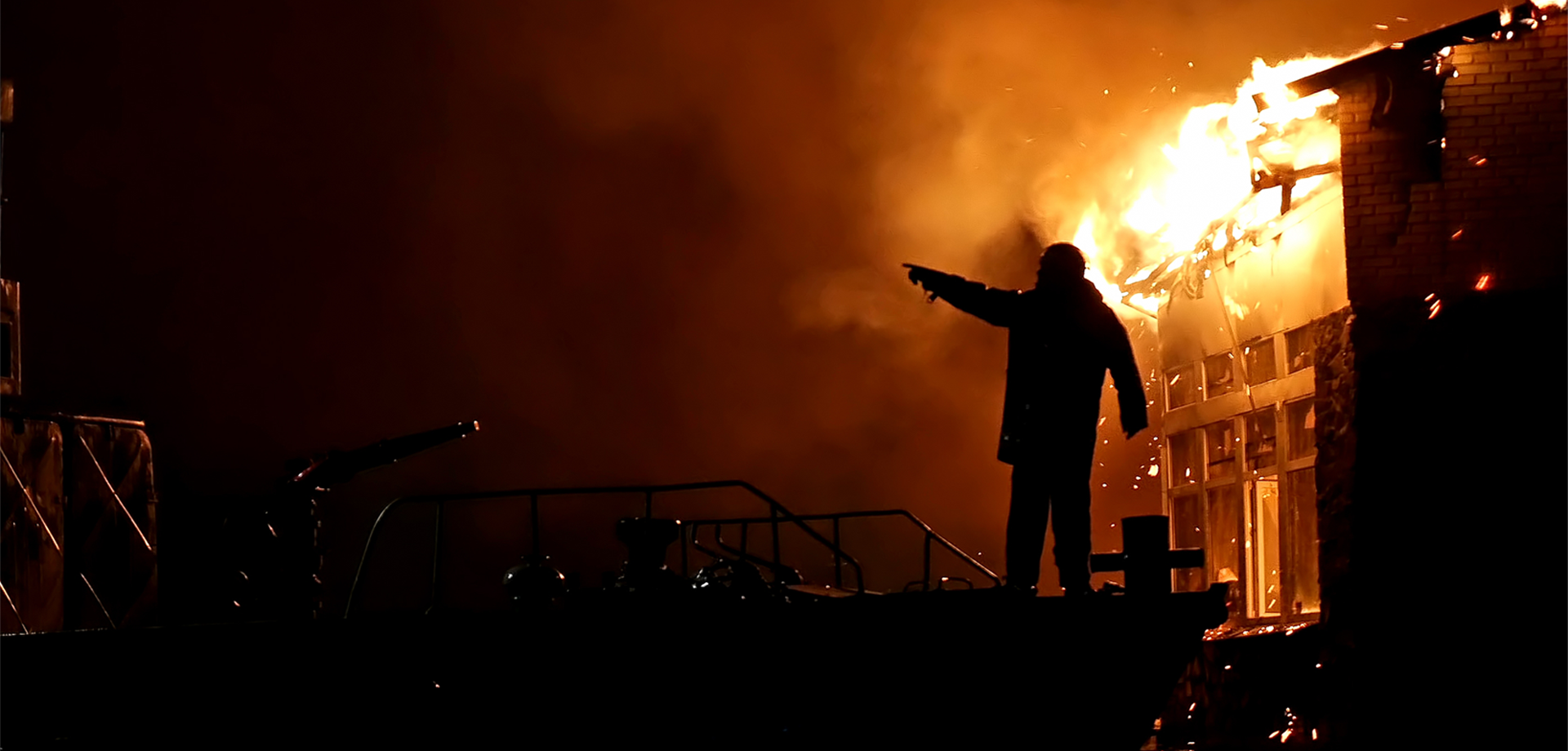How To Survive a Train Crash When You’re a Passenger
There’s a lot of debate over how to survive a train crash when you’re a passenger. Recent crashes and derailments have been all over the news. The increase in accidents involving MTA and New Jersey Transit trains has been a shock to both commuters and residents in New York and New Jersey.
Most recently, a devastating crash in September 2016 injured 108 riders and left one dead when a NJ Transit train crashed at the Hoboken terminal. An Amtrak train traveling from New York to Georgia through Philadelphia killed two and injured dozens in April 2016. In February 2016, six people died and 15 were injured when an MTA train crashed into an SUV on Metro-North tracks in the Westchester hamlet of Valhalla.
In the Northeast, train travel is critical to our ability to commute from suburbs and smaller communities into large cities. Travel between the major cities of the Northeast corridor would not be possible without trains. Across the United States, it’s reported by the Department of Transportation and the Federal Railroad Administration that there are approximately 2500 train incidents every year. That’s a lot of lives at stake.
There are a number of issues that arise from train accidents: Passenger injury, bystander injury, property damage and loss, wrongful death, and railroad worker injury. And that’s just commuter trains. If you factor in cargo trains, there are hazardous materials release and environmental damage. Train accidents don’t come with a warning, but you can be prepared in some simple ways for the possibility.
If you’re a commuter on Metro-North, Long Island Railroad, or New Jersey Transit, your odds of being in a fatal crash are very low, but they do happen.
What kinds of train crash accidents happen?
There are several types of commuter train crash accidents to be aware of. They include head-on collisions, rear-end collisions, and derailments. The most dangerous to passengers is derailments. The recent derailments that happened in the Northeast were purportedly due to speed in a turn. In at least one crash, the Hoboken crash, speed was a factor as the train passed through the station. In another recent New York incident, two passing trains collided.
Where is the best place to be sitting on a train during a train crash?
There’s a lot of speculation, but a study by the University of Illinois at Urbana-Champaign in 2003 had some interesting findings.
In theory, the best place to sit on a train to survive an accident depends on the type of accident that happens. If your route has many curves, you might be concerned about a speed-related derailment. If you were to be in a derailment, the best cars are a few away from the back.
Why not sit in the very back? Because your odds of being in a rear-end crash are much higher than a derailment. Being in the first or last train car would put you closest to the impact. According to the Federal Railroad Administration, a train is nine times more likely to have an end-to-end impact than a derailment. But derailments are much more dangerous. It’s better to be in a seat that’s potentially less dangerous in a derailment, while also sitting in a safer place in case of an end-to-end impact.
Is it safer to sit facing forward or backward in a train that crashes?
There are multiple theories and in the end it depends on what kind of accident happens. If the train is stationary and impacted from the back, people in forward facing seats will be thrown forward. If the train is moving and impacted from the front, passengers facing forward will be thrown forward. Passengers facing backward will still suffer from the effects of momentum, but it’s possible they may not be at highest risk. There’s no way to be certain whether one way or the other is truly safer.
Is a window seat or aisle seat safer in a train crash?
An aisle seat may increase your likelihood of being impacted by personal items or other passengers, but if a vehicle impacts a train from the side, sitting in the window seat at the site of impact could be more dangerous. Which is safer? It all depends on factors that can’t be known until an accident happens. And even then, it can take months for the cause of the train accident to be decided.
There’s no way to anticipate a train crash, train derailment, or other railroad accident. But if you’re playing the odds, you may want to sit a few cars toward the back from the center. And in an aisle seat that is facing backward.
What should I do if I’m involved in a train accident?
In the aftermath of a train accident, follow the instructions of the conductor. If there is no one to give instructions, the quickest way out may be a window. When you first get onto the train, look for the placement of emergency windows within your cabin. Sit near them and read the instructions so you know how they operate in case of an accident. If you’re near a door, there are emergency signs and an emergency panel with a manual lock and instructions for opening the doors.
The Today Show produced a short video that provides some tips on how to survive a train accident.
“How to Survive a Train Crash: Where to sit, how to escape”
No travel is ever safe. Many things can happen that result in injury, loss, or sometimes death. If you find yourself in a situation where you’ve been harmed while on public transportation, you can always contact us through email, phone, or chat. We can help you determine what kind of case you may have and help answers any questions, whether you hire us to pursue a case or not.
There are many sources of legal information available online. The articles and information on our blog and website do not constitute legal advice. We adhere to all confidentiality requirements, but until we have accepted your case, no attorney-client privilege is established. The choice of selecting an attorney is an important personal decision that should be carefully considered. If you need legal advice, please contact an attorney directly. If you would like to find out more about having Getz & Braverman represent you or provide legal advice, contact us on this website or call us at 718-618-5567.
ARE YOU DEALING WITH THE ISSUE IN THIS ARTICLE?
Let us help you. We post these articles to help you understand the issues you may be facing, but we welcome your questions. Contact us if you want more details or need to ask about a specific case. We’re here to help
718-618-5567




